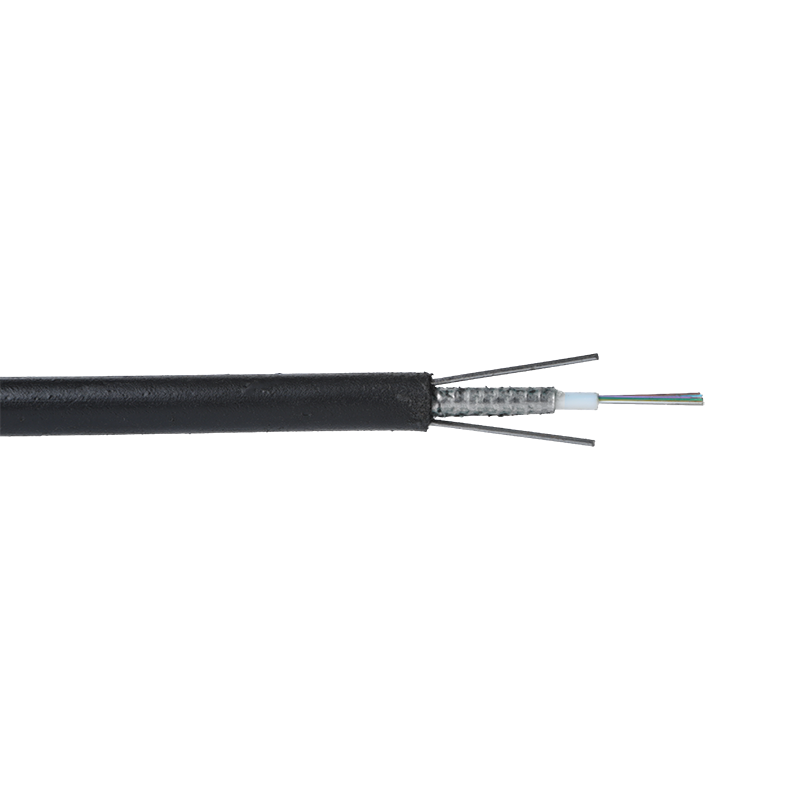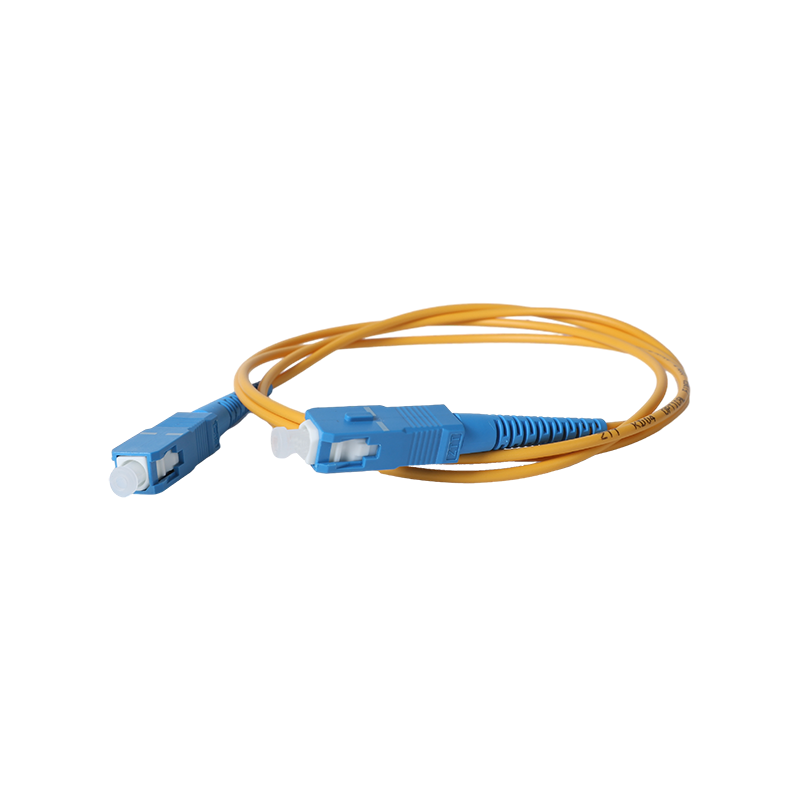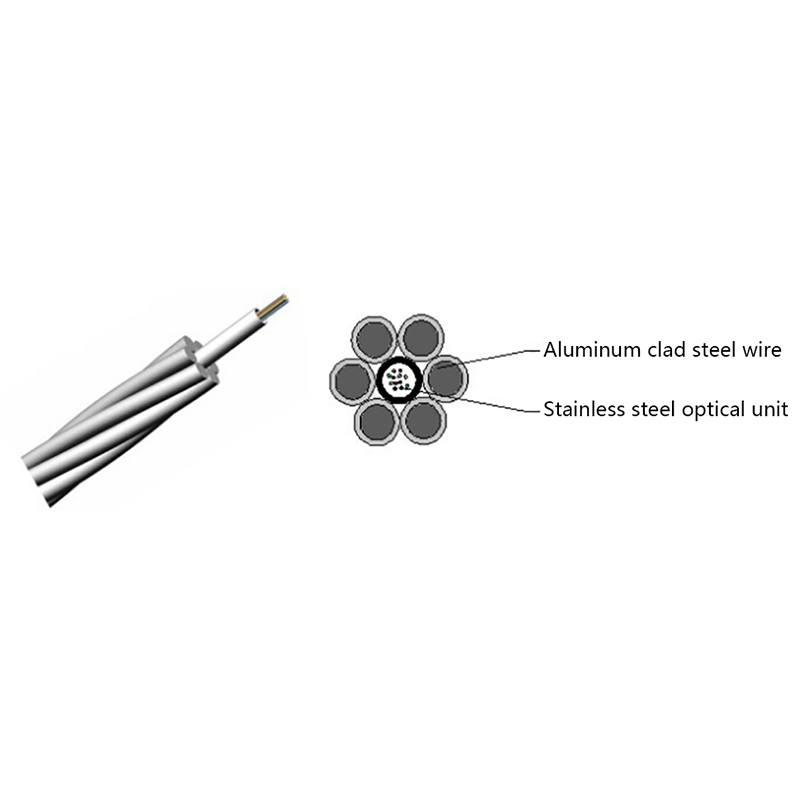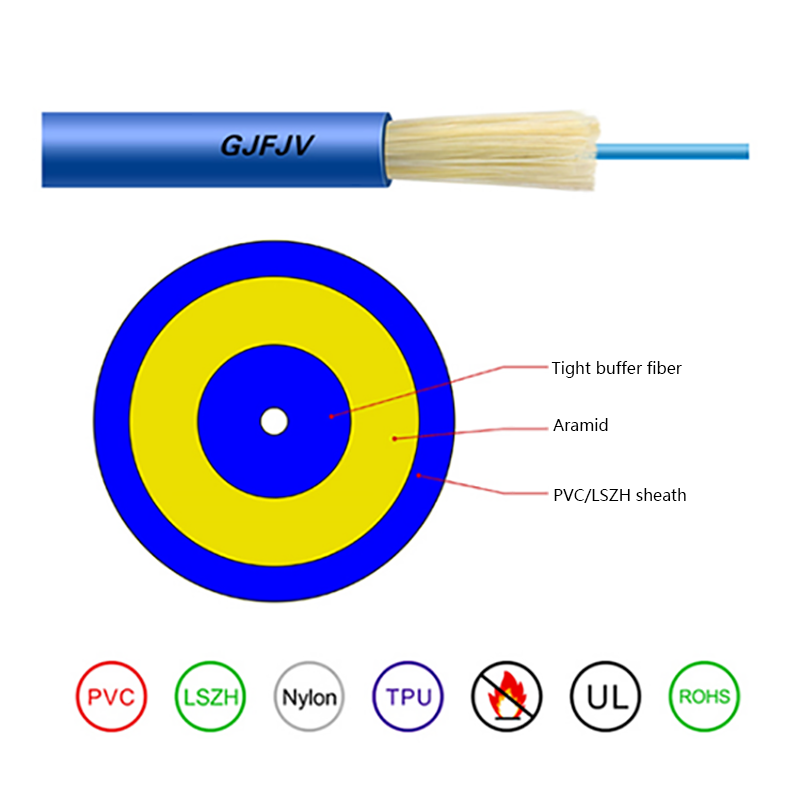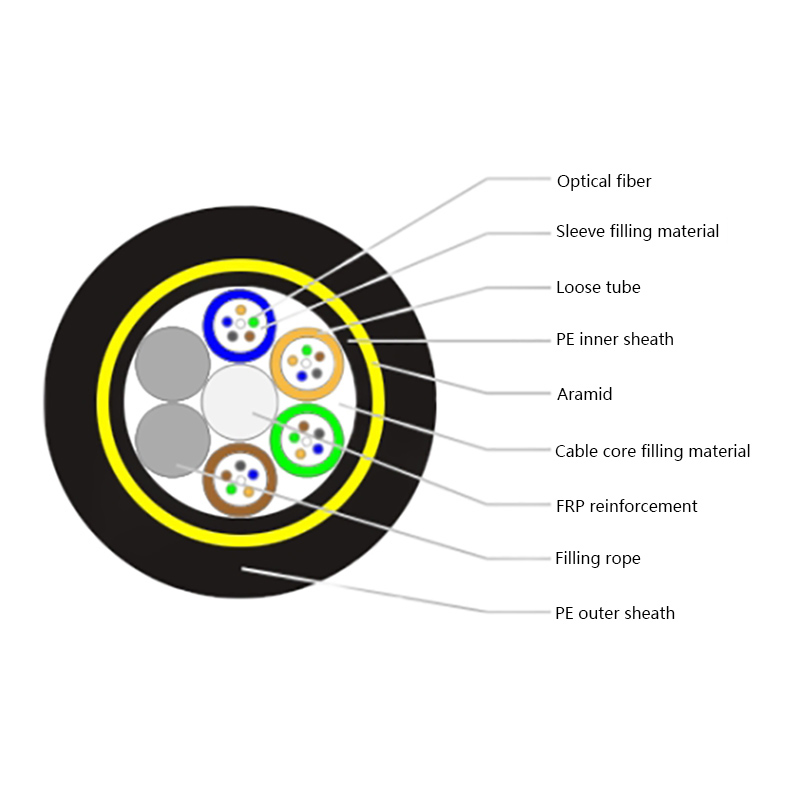Fiber optic cables have revolutionized the way we transmit data, offering unparalleled speed and reliability compared to traditional copper cables. Whether you're a tech enthusiast, a business owner, or simply curious about internet infrastructure, understanding fiber optics can help you make informed decisions about your connectivity needs.
What Are Fiber Optic Cables?
Fiber optic cables are thin strands of glass or plastic that transmit data as pulses of light. These cables are designed to carry large amounts of information over long distances with minimal signal loss. Unlike traditional copper wires, which rely on electrical signals, fiber optics use light, making them faster and less susceptible to interference.
Key Benefits of Fiber Optic Cables
- High-Speed Internet: Fiber optics provide significantly faster upload and download speeds compared to DSL or cable internet.
- Low Latency: Ideal for gaming, video conferencing, and real-time data transfer.
- Greater Bandwidth: Supports multiple devices simultaneously without slowdowns.
- Reliability: Resistant to electromagnetic interference and weather conditions.
- Future-Proof: Scalable for increasing data demands.
Fiber Optic vs. Traditional Cables: A Comparison
| Feature | Fiber Optic Cables | Traditional Copper Cables |
| Speed | Up to 100 Gbps (and beyond) | Up to 10 Gbps (typically less) |
| Distance | Up to 40+ miles without signal boosters | Limited to a few miles |
| Interference | Unaffected by electromagnetic interference | Susceptible to interference |
| Durability | More resistant to environmental factors | Can degrade over time |
| Cost | Higher initial cost, lower long-term expenses | Lower upfront cost, higher maintenance |
How Fiber Optic Cables Are Installed
Installing fiber optic cables requires careful planning and expertise. Here’s a simplified overview of the process:
- Site Survey: Assess the area to determine the best route for the cables.
- Trenching or Conduits: Cables are either buried underground or run through protective conduits.
- Splicing: Individual fibers are joined using specialized equipment to ensure seamless connectivity.
- Testing: The installed cables are tested for signal strength and integrity.
- Activation: Once verified, the network goes live.
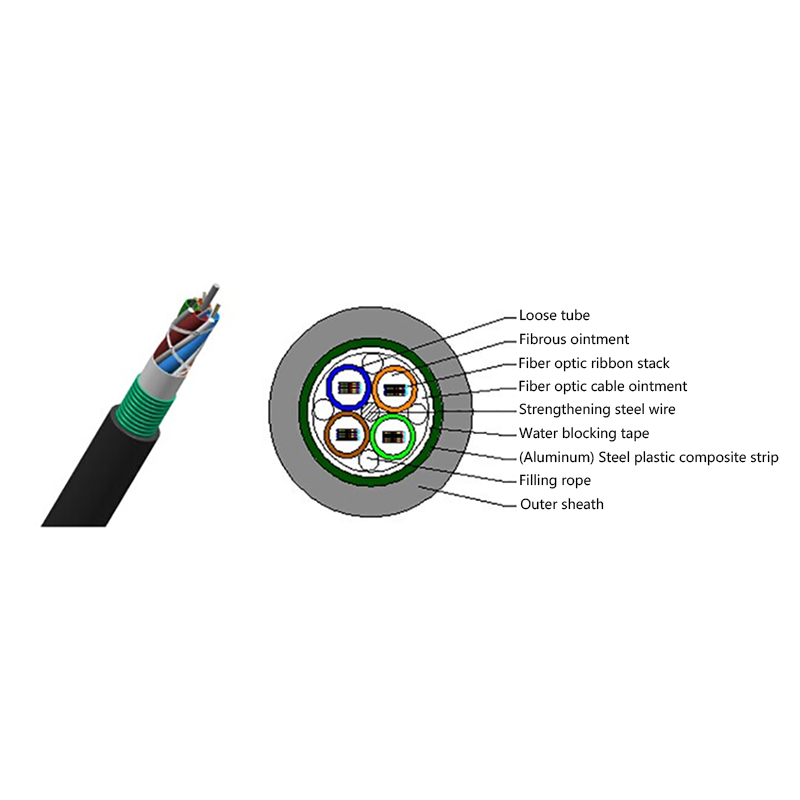
Future Trends in Fiber Optic Technology
As demand for high-speed internet grows, fiber optic technology continues to evolve. Some emerging trends include:
- 5G Integration: Fiber optics will play a crucial role in supporting 5G networks.
- Smart Cities: Fiber networks will enable interconnected infrastructure in urban areas.
- Improved Materials: Research into new glass and coating materials may further reduce signal loss.
- Expanded Rural Access: Governments and ISPs are investing in fiber to bridge the digital divide.
Common Questions About Fiber Optic Cables
Are fiber optic cables expensive to install?
While the initial installation cost can be high, the long-term benefits often outweigh the expense due to lower maintenance and superior performance.
Can I install fiber optic internet at home?
Yes, but it depends on your location and service provider availability. Professional installation is recommended.
Do fiber optic cables break easily?
They are more fragile than copper wires during installation but are highly durable once properly installed.
Fiber optic cables represent the future of high-speed communication, offering unmatched performance for both residential and commercial applications. As technology advances, we can expect even faster and more reliable connectivity worldwide.



 English
English русский
русский Español
Español عربى
عربى 中文简体
中文简体


